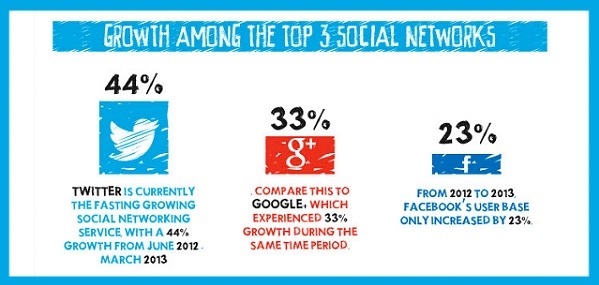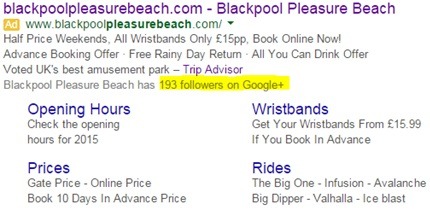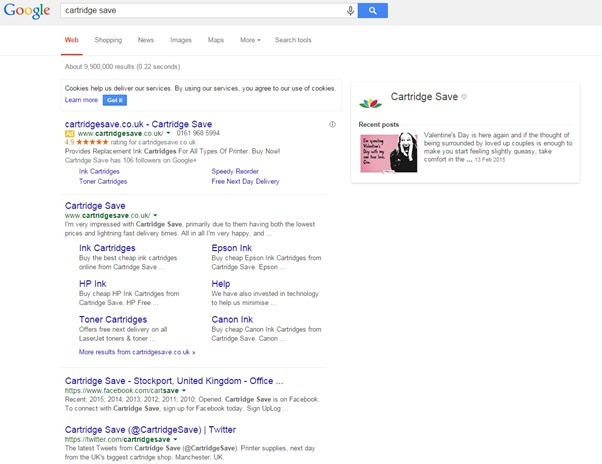In 2011 Google+ was launched with the intention of being a direct competitor for Facebook and Twitter. Things didn’t really go to plan to begin with, and the format wasn’t the success story Google hopes for.
Over the following years the service was honed, and Google+ had their biggest growth of all in 2013 when Google integrated Google+ into all of their associated services. Anyone who had a Gmail account now had a G+ profile, and this was followed by changing the notorious YouTube comments section into G+ verified user comments. Users were unhappy with this, but since the change it has been accepted and Google+ has continued to grow.
Following this integration, the service has seen a steady user growth, as displayed in the brief infographic below:

It’s popular with businesses and has a dedicated user base, but G+ still lacks the widespread popularity and appeal of Twitter and, most notably, the ever impressive Facebook. Facebook’s main problem is it may be nearing its peak in followers – there are only so many people on Earth who can register. The company’s plans to bring free WiFi to underprivileged countries could introduce tens of millions more to Facebook’s allure, but the growing popularity of G+ could well dent these ambitions.
Google+ in 2015
Now in 2014 we have seen Google+ gradually merged into Google’s search engine such. There have been many changes, and some are ongoing, but they make for impromptu marketing and SEO opportunities for anyone canny enough to
1. The number of followers on Google+

Although not the most vital statistic, users are able to see your brand’s account is verified and how popular it is. If there are few followers, the chances are the account is pretty inactive. Seeing the account is popular can help drive traffic to you.
2. Company Profile

Google displayed the company’s Google+ profile information in the right-hand sidebar at the very top of the search results page, while their Facebook profile ranked 5th in the search engine.
3. Recent Posts
Google+ posts now show in the Google search engine alongside your paid ads for free. For users searching through Google, this is a CTA as they will be drawn to your work. The better your content, the more chance people will engage with your brand.

Along with Google+, Facebook and Twitter also appear in the organic results, taking up pretty much the whole first page. It’s an indicator as to how important social media is for modern businesses – it truly drives traffic and conversions.
4. Tweets in SERPs

After striking a deal with Google, Twitter have ensured Tweets will appear in real time alongside search results. There had been a similar deal set for 2009, but this eventually fell through. Six years later and, with Google pushing on for the growth, deals such as this will help the brand name grow.
Tweets can be seen in Yahoo! And Bing’s search results already, and now Google have waded in. Given the popularity of their search engine, it’s a strong deal for Twitter which should provided many positives for Google.
5. The Social Benefits of Google+

Google+ has powerful results on personalised searches. The more people you interact with, the more they interact with you. This has far reaching effects for SEO results. It’s Circles features is central to this. It’s a useful mechanism for grouping contacts and filtering your content towards the right demographic.
Its interactive nature makes it easy to build your following. The communities mean you can easily connect with similar people and brands, sharing content ideas and boosting your traffic. Because this is all through Google it also adheres you to the search engine giant. This is always a good thing!
